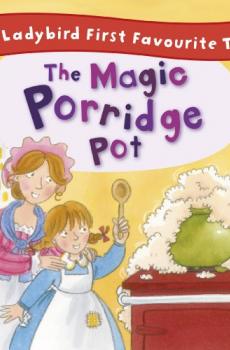Candy-Making Revolutionized Confectionery from Vegetables
Candy-Making Revolutionized Confectionery from Vegetables
Đăng nhập để đọc sách và tải về file pdf miễn phí
| Nhà xuất bản | unknown |
|---|---|
| Nhà xuất bản sách tiếp cận | Public domain |
| Năm xuất bản | 2010 |
| Coppy right | Unknown |
When Mary Elizabeth Hall first brought her discovery to my attention, I thought that it was indeed one that would revolutionize candy-making, both that of the amateur at home and of the manufacturer. And, in the months that have followed, to this belief has been added the conviction that this revolution is one very much worth while. Why so simple and obvious a discovery was not made long ago is a mystery to me; perhaps its very simplicity and obviousness is proof of its importance.
Of cookery, candy-making is a branch which is entitled to more dignity than it ordinarily receives. Negatively and positively, the importance of sweets to the child can hardly be over-estimated. If he consumes a quantity of impure confectionery, his digestion will be ruined for life; how much of the confectionery bought is rankly impure it is well for the mother's peace of mind that she does not know! On the other hand, if the child is not given sweets, he is deprived of a food element of the greatest value to his development. And for the adult, the value of pure candy is too obvious to warrant comment.
Vegetable candy, to my mind, is ideal confectionery. Of its purity, there can be no doubt. Moreover, it furnishes the valuable element of sugar so combined with nutritious vegetable bases that, because of the bulk, there is no temptation to overeat. This quality of the new confection would seem insurance against the evil effects of gluttony! Before an undue amount of sugar is consumed, the very mass of the vegetable base has satisfied the appetite.




